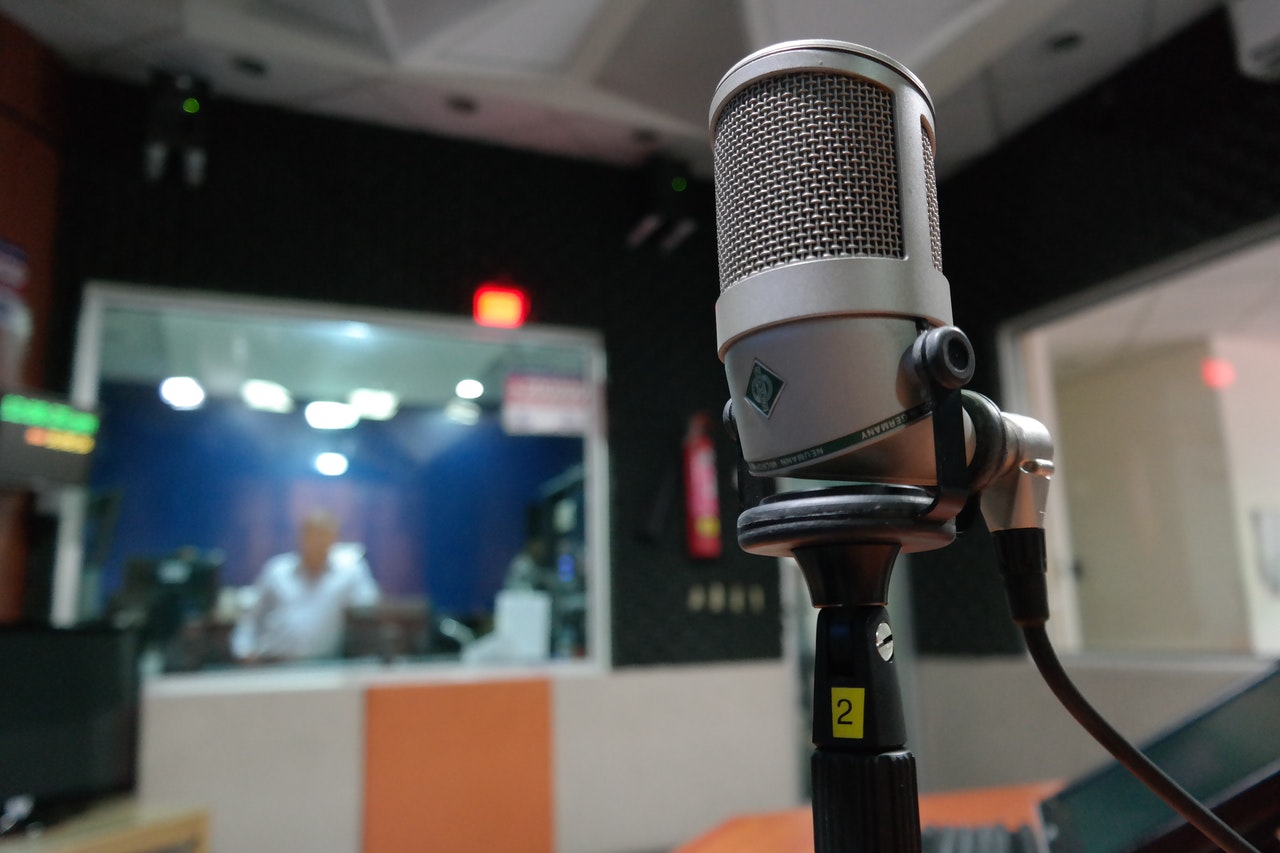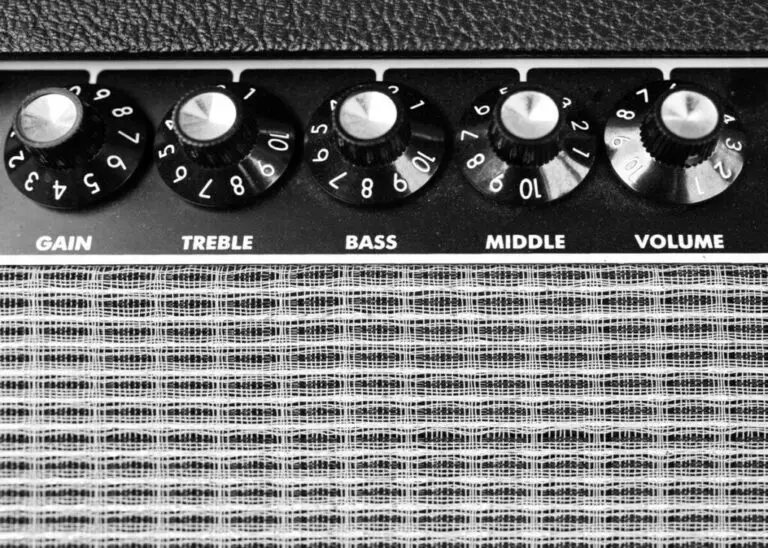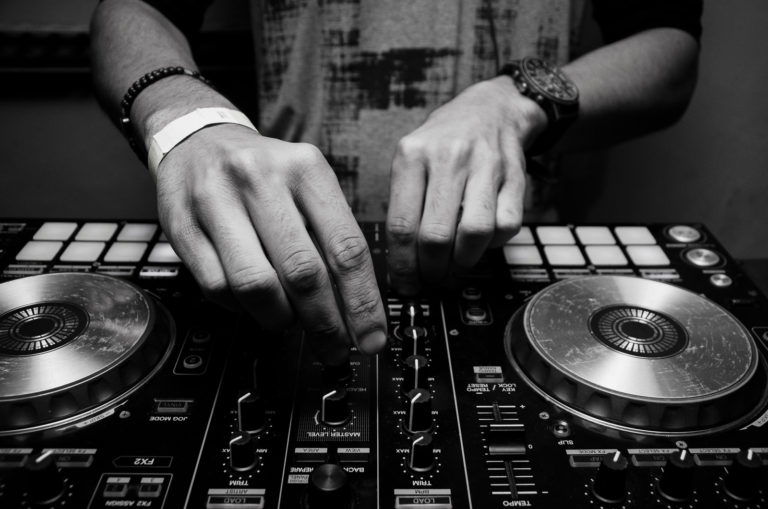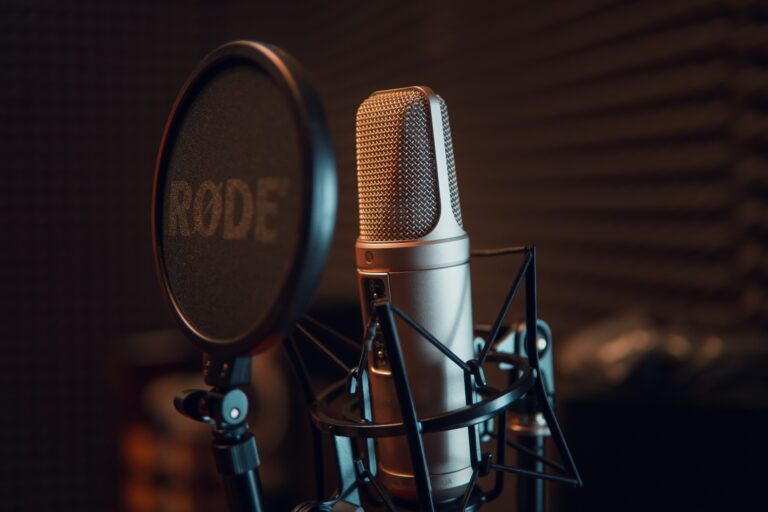What’s the Difference Between Interpolation and Sampling?
When artists use other artists’ music in their songs, they’re doing one of two things: interpolating or sampling. Many people mistake the terms, but they’re not interchangeable. Instead, there are distinct methods and technology behind each.
What’s the difference between interpolation and sampling?
Interpolation occurs when someone performs someone else’s music, while sampling occurs when someone copies parts of a recording. Both are subject to different laws and regulations. Mixing artists must always seek permission from song owners before anything else.
There’s much more to interpolation and sampling than “copying music.” Read on to explore what they mean, and how to go about doing them the right way.
What is Interpolation?
Interpolation is a scientific-sounding term meaning “to alter by introduction.” In music, an artist interpolates by performing or re-recording an existing melody. The new track is a melodic reinterpretation of the original song.
Performance royalties don’t apply because an interpolating artist isn’t lifting directly from a recording. Instead, they only need to worry about mechanical royalties. Purchasing a mechanical license and giving credit to the songwriter is usually enough to avoid getting sued.
How do you interpolate?
Despite sounding technical, interpolating is straightforward. First, learn how to play the song through reading sheet music or playing by ear — whichever you prefer. Secondly (and lastly), record yourself playing the song. You could stop there and call it a cover song or branch out into a completely new track.
Legitimate interpolating artists are insanely creative. Sure, interpolation could consist of performing another musician’s work note for note and beat for beat. However, it’s also an inventive way to spin old melodies into something fresh. Often, interpolating artists play parts of a bassline, emulate backing vocals, or minor elements of existing songs. The remaining 95% is entirely original.
What is Sampling?
Most people have some idea of what sampling entails. For example, you may envision a hip-hop artist using a turntable to take song fragments and merge them into a track. Indeed, this is an accurate reflection of sampling.
Sampling entails copying a song snippet directly from a vinyl record, MP3 file, or another type of recording. Artists must seek permission from a song’s owner, in the form of a master use license, to avoid penalty. A master use license covers mechanical royalties (the composition) and performance royalties (the playing of the song).
So, how do you sample?
The sampling process has evolved since the days of blocky 12-bit units like the Akai S-950. While some music producers may stand by old-school methods, most prefer digital audio workstation (DAW) software. All you need to do is import a music file to sample, select a snippet, and click the looping function.
Sampling Software
Nowadays, most sampling artists use software to get the job done. The music production industry presents a high demand for this technology, which is why there are dozens of sampling-focused DAW software options out there. Some of the most popular digital sampling tools include:
- Serato
- Apple EXS24 mkII
- TAL Sampler
- Steinberg HALion 6
- Ableton Simpler
- And many more
Each software package works differently. If you’re an aspiring sample artist, it’s best to do your research and choose the software that matches your ideal workflow. The less time you spend learning the software, the more time you have to make music.
Ableton Simpler is great for minimalists, Steinberg HALion is ideal for advanced users desiring impeccable precision, while Serato is a staple of the DJ’s toolbox.
Remember, do not release any sampled tracks before satisfying legal requirements. We explore that in more detail below.
Interpolation vs Sampling
Side-by-side, how do interpolation and sampling resemble and differ from each other? Take a look at the table for a clearer picture.
| Interpolation | Sampling | |
| Definition | A musician re-records or performs another artist’s melody in their track. | A musician copies parts of another musician’s recording into their track. |
| Process | Learning how to play another artist’s song before performing and recording it. | Using digital audio workstation software (DAW) or an analog device to lift a sample from a recording. |
| Legal requirements | Paying mechanical royalties (or buying a mechanical license) and giving credit to the original artist. | Purchasing a master use license to cover mechanical and performance royalties and crediting the original artist. |
To summarize, interpolation involves performing someone else’s work and has cheaper legal requirements. On the other hand, sampling uses technology to copy directly from a song’s recording and has costly legal requirements.
This video has more details:
Examples of Interpolation
With any topic, having examples in mind enforces understanding. Interpolation can take many forms. Some of your favorite artists have likely performed melodies they didn’t write. For instance, Weird Al Yankovic built his career on interpolating famous hits with a funny twist.
Additional examples of interpolation include:
- Lil Uzi Vert – “That Way,” from Backstreet Boys – “I Want it That Way”
- Mark Ronson & Bruno Mars – “Uptown Funk,” from Trinidad James – “All Gold Everything”
- Eminem – “Sing for the Moment,” from Aerosmith – “Dream On”
- Daft Punk – “Brainwasher,” from Black Sabbath – “Iron Man”
- David Bowie – “Young Americans,” from The Beatles – “A Day in the Life”
Listen to these tracks for a better idea. You’ll notice that the interpolating artist doesn’t sound exactly like the original. Instead, the newer songs are unique performance takes on the originals.
Examples of Sampling
It can be hard to determine if a song is interpolated or sampled through listening. However, sampling artists usually broadcast the information in interviews when asked. After all, musicians rarely forget needing to endure lengthy legal procedures.
For a clearer idea of sampling, consider listening to these songs back-to-back:
- DJ Khaled & Rihanna – “Wild Thoughts,” from Santana – “Maria Maria”
- Sugar Hill Gang – “Rapper’s Delight,” from Chic – “Good Times”
- Madonna – “Hung Up,” from ABBA – “Gimme! Gimme! Gimme! (A Man After Midnight)”
Usually, artists who choose to sample over interpolate have significant funds. However, as you can probably assume, funding isn’t a problem for the names above.
Is Sampling Music Stealing?
Sampling music can be, and often is, a form of stealing. For example, when Vanilla Ice infamously sampled “Under Pressure” by Queen and David Bowie, he committed intellectual property theft. The matter was settled out of court, but sampling without permission constitutes copyright infringement.
Copyright infringement is a violation of federal and state laws in the United States. 17 U.S. Code § 506 states that those (like Vanilla Ice) may face criminal penalties for willful violation of copyright laws.
Sampling isn’t illegal, but sampling without permission is a major crime. So, avoiding a lawsuit or incarceration come down to getting artists’ permission. Royalties may not be cheap, but they’re a much better deal than prison.
Is Sampling Music Bad?
We know that sampling is legal when artists seek permission, pay royalties, and give credit. But does the fact that it’s legal make it okay? Well, that’s a topic of debate.
One side says that sampling music is not okay. Musicians shouldn’t need to use other artists’ work to be successful. If they do, then they have no business in the music industry. Even when given permission, sampling hurts the state of modern music, some say. Anything that hampers creativity is harmful to art.
The other side says that sampling music is perfectly fine — both parties benefit. The sampling artist may profit handsomely from using the sample. In the meantime, the original songwriter may receive new listeners from the publicity. Additionally, there are only 12 notes and a handful of chord progressions. Thus, musicians accidentally copy others all the time — why is lawful sampling any worse?
Both sides present reasonable arguments. But, ultimately, the decision to sample belongs to the song owner and the sampling artist. Nobody can reasonably tell a songwriter they’re not allowed to let others use their work. Nevertheless, everyone is entitled to their thoughts and feelings on the matter.
Conclusion
Interpolation and sampling share many similarities, which is why many get it wrong. Many blogs mentioning famous sampled songs mistakenly include interpolated songs. Despite the confusion, the difference is straightforward.
Interpolation is when a musician performs and records a melody written by another. Sampling is copying part of a song directly from the recording into a new track. Both require legal permission, with sampling having the highest royalty costs. Unfortunately, many sampling artists don’t follow legal procedures.
Despite being frowned upon, both interpolation and sampling are commonplace. As long as the interpolating/sampling artist gets the go-ahead from the owner, they’re both acceptable songwriting methods.









